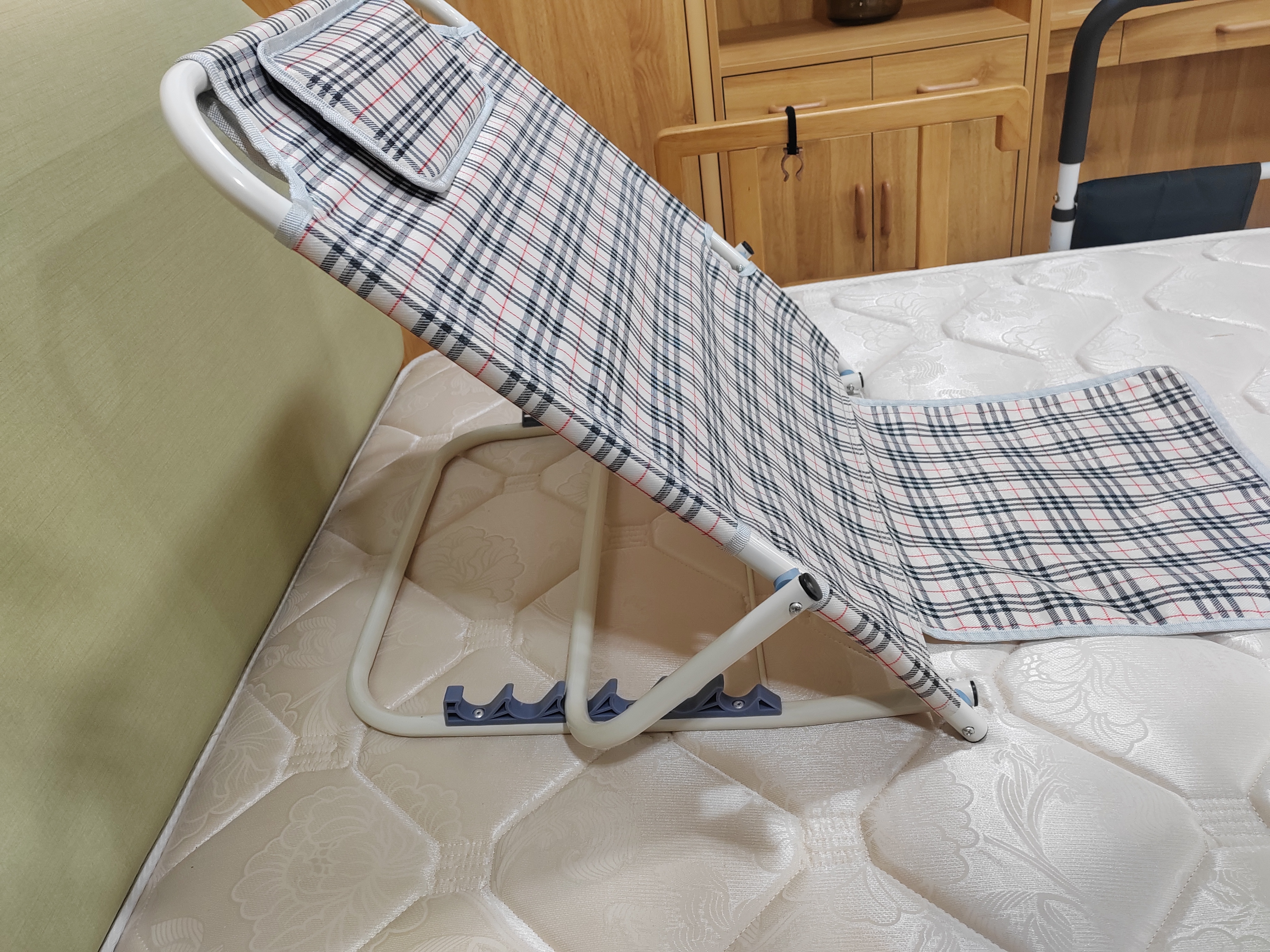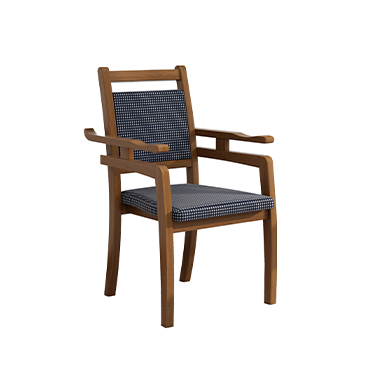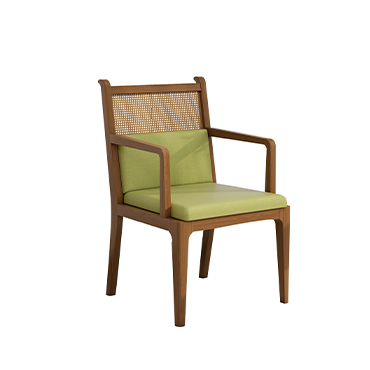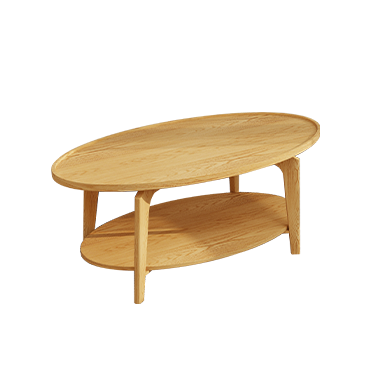The Diversity of Elderly-Friendly Furniture: How to Meet the Needs of Different Age Groups
As the global elderly population continues to grow, elderly-friendly furniture must move beyond a one-size-fits-all approach. The needs of older adults differ greatly depending on their age, physical condition, and lifestyle. To truly serve this diverse group, furniture must be designed with flexibility, inclusivity, and adaptability in mind.
1.Why Is Diversity in Elderly-Friendly Furniture So Important?
Older adults are not a homogenous group. From the “young-old” in their 60s to those aged 80 and above, each age segment has distinct needs and preferences. Elderly-friendly furniture must address this variety by offering different levels of support, safety, and usability.
Young-old (ages 60–69): Generally active and healthy, this group prefers furniture that is stylish, comfortable, and aesthetically aligned with their homes. They value good design and convenience.
Middle-old (ages 70–79): Physical abilities may begin to decline. They require more supportive features like stable armrests, proper seat height, and enhanced ergonomics for easier movement.
Oldest-old (80+): May have limited mobility or cognitive challenges. Furniture should prioritize safety and assistive features—such as anti-slip surfaces, adjustable beds, and integrated monitoring systems.
2.Furniture Designed for Various Use Scenarios
To meet the real-world needs of elderly users, diversity in furniture also depends on usage scenarios:
For home-based aging: Furniture should be both functional and visually harmonious with family spaces. Products like height-adjustable chairs, soft-edge tables, and multi-functional beds are essential.
For senior living communities or care centers: Durability and safety take priority. Anti-tip construction, fire-retardant materials, and easy-clean surfaces are common requirements.
For smart aging environments: Integration of technology—such as fall detection systems, voice-activated controls, and health monitoring—is especially useful for those who live alone or require occasional assistance.
3.Design Strategies to Achieve Furniture Diversity
Modular and Adjustable Structures
Modular components and adjustable mechanisms help adapt to individual needs. For example, a chair with adjustable height and interchangeable cushions can suit users with different body sizes or mobility levels.
Material Selection and Emotional Comfort
High-quality materials like soft fabrics, warm wood tones, and rounded edges not only provide physical comfort but also emotional warmth—especially important for seniors who spend long hours indoors.
Smart Features for Practical Use
Smart design doesn’t mean complexity. Elderly-friendly technology should be intuitive and useful, not overwhelming. Examples include beds with posture sensors, emergency call buttons, and motion-activated lighting.
Universal Design Thinking
Elderly-friendly furniture should ideally follow the principles of universal design—serving not just the elderly, but people of all ages, including children, pregnant women, or those recovering from injuries. This broader perspective ensures greater long-term value and usability.
4.Market and Industry Trends
Expanding product segmentation: The market is growing from basic assistive furniture to premium smart designs that meet varied aesthetic and functional expectations.
Cross-sector collaboration: The rise of different aging models—home-based care, community support, and institutional care—drives demand for diversified furniture products.
Rising elderly consumption power: As older consumers become more quality-conscious, they are increasingly seeking furniture that combines safety, comfort, and beauty.
Conclusion
To meet the complex needs of today’s aging population, elderly-friendly furniture must be diverse—designed not only by age group, but also by health status, environment, and personal lifestyle. The future of this market lies in integrating personalization, safety, intelligence, and aesthetics, ultimately creating home environments that allow seniors to age with dignity, comfort, and independence.





